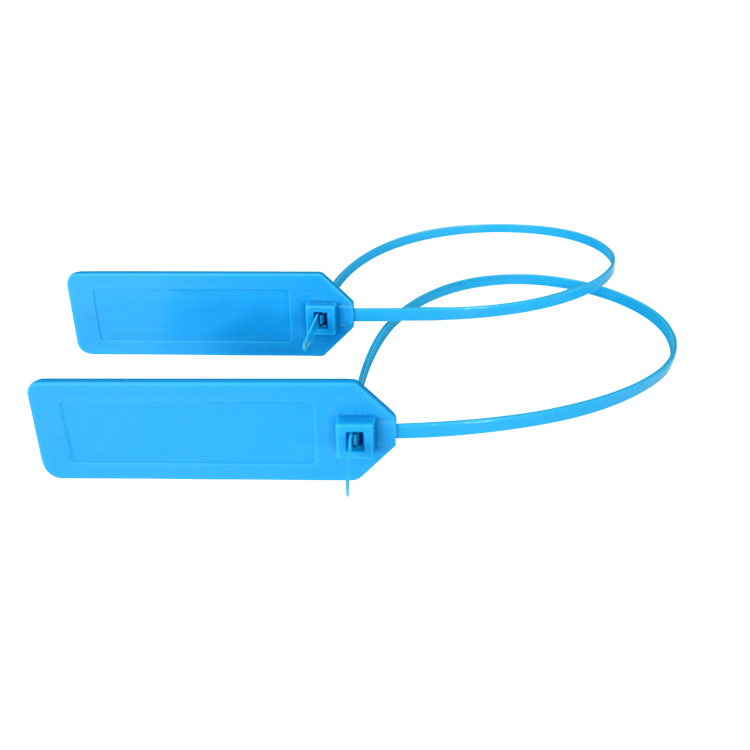Fixed asset management is a very important task for every enterprise. Good asset management can accurately reflect the business results and performance of the enterprise and provide a basis for evaluating the work of cadres during the tenure. Otherwise, poor management will result in production materials Low utilization rate and even loss of assets. However, traditional manual paper management has inaccurate asset depreciation data, which increases product costs; inaccurate book value statistics reduce the strength of the company; heavy inventory work, time-consuming and labor-intensive, affects the operational efficiency of the company.
The smart asset management system uses the Internet of Things intelligent perception technology, and uses asset tags (RFID, one-dimensional barcode, two-dimensional barcode) to identify assets, and realizes the entire physical tracking management and visual management of assets, including assets Information addition, transfer, allocation, inventory, borrowing, return, and use status, equipment repair, maintenance, and inspection status, etc., enable enterprises to get rid of the disordered state of asset management in the past, and easily achieve good management of fixed asset accounts. effect.

Main functions of the system:
1. Asset management: Asset management is divided into three parts: fixed asset management, low-value durable goods management, and low-value consumables management. Among them, fixed asset management and low-value durable goods management include asset addition, label printing, asset acquisition, Asset inventory, asset return, asset retirement, asset cleaning, asset transfer, asset repair and maintenance functions; low-value consumables management package asset addition, label printing, asset acquisition functions.
2. Asset location tracking: RFID asset tags with assets, install RFID card readers in supervised rooms to monitor and manage asset access, and display the corresponding location of assets on the software interface. When an asset leaves the room illegally, arrives in a restricted area, or illegally disassembles the asset tag, the system automatically alarms.
3. Asset query management: You can query asset status.
4. Statistical reports: Detailed statistics can be made on current inventory, asset details, and asset status, and asset information can be queried according to multiple conditions to meet the needs of users during use
5. Asset location tracking: RFID asset tags with assets, install RFID card readers in supervised rooms to monitor and manage asset access, and display the corresponding location of assets on the software interface. When an asset leaves the room illegally, arrives in a restricted area, or illegally disassembles the UHF RFID asset tag, the system automatically alarms.
6. Asset inventory: use a UHF handheld terminal equipped with management software, combined with RFID automatic identification technology, to check the fixed assets one by one, and monitor the actual status of the fixed assets.
Post time: Jan-25-2021




